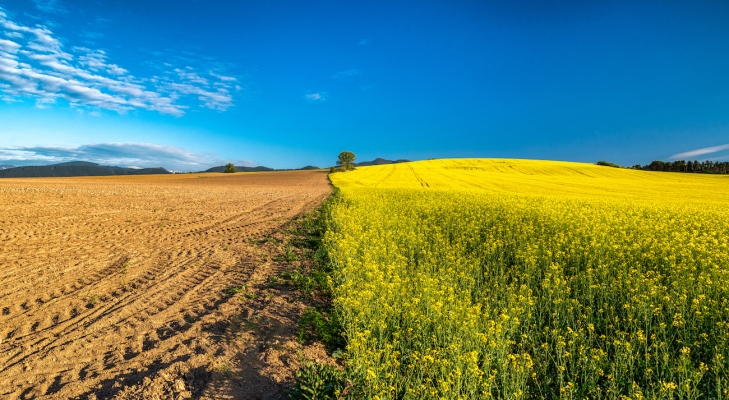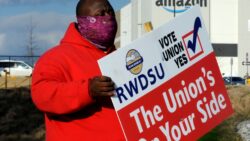It seems that every week a new agribusiness, consumer packaged goods company, bank, technology corporation, celebrity or Facebook friend announces support for regenerative agriculture.
For those of us who have been working on climate and/or agriculture solutions for the last couple of decades, this is both exciting and worrisome.
With the rush to be a part of something so important, the details and hard work, the incremental advancements and wins, as well as the big, hairy problems that remain can be overlooked or forgotten. When so many are swinging for the fences, it’s easy to forget that singles and doubles usually win the game.
As a managing partner and founder of DBL Partners, I have specifically sought out companies to invest in that not only have winning business models but also solve the planet’s biggest problems. I believe that agriculture can be a leading climate solution while feeding a growing population.
At the same time, I want to temper the hype, refocus the conversation, and use the example of agriculture to forge a productive template for all business sectors with carbon habits to fight climate change.
First, let’s define regenerative agriculture: It encompasses practices such as cover cropping and conservation tillage that, among other things, build soil health, enhance water retention, and sequester and abate carbon.
The broad excitement around regenerative agriculture is tied to its potential to mitigate climate impact at scale. The National Academies of Sciences, Engineering, and Medicine estimates that soil sequestration has the potential to eliminate over 250 million metric tons of CO2 per year, equivalent to 5 percent of U.S. emissions.
It is important to remember that regenerative practices are not new. Conservationists have advocated for cover cropping and reduced tillage for decades, and farmers have led the charge.
The reason these practices are newly revered today is that, when executed at scale, with the heft of new technology and innovation, they have demonstrated agriculture’s potential to lead the fight against climate change.
So how do we empower farmers in this carbon fight?
Today, offset markets get the majority of the attention. Multiple private, voluntary markets for soil carbon have appeared in the last couple of years, mostly supported by corporations driven by carbon neutrality commitments to offset their carbon emissions with credit purchases.
Offset markets are a key step toward making agriculture a catalyst for a large-scale climate solution; organizations that support private carbon markets build capacity and the economic incentive to reduce emissions.
“Farming carbon” will drive demand for regenerative finance mechanisms, data analytics tools, and new technology like nitrogen-fixing biologicals – all imperatives to maximize the adoption and impact of regenerative practices and spur innovation and entrepreneurship.
It’s these advancements, and not the carbon credit offsets themselves, that will permanently reduce agriculture emissions.
Offsets are a start, but they are only part of the solution. Whether generated by forestry, renewable energy, transportation or agriculture, offsets must be purchased by organizations year after year, and do not necessarily reduce a buyer’s footprint.
Inevitably, each business sector needs to decarbonize its footprint directly or create “insets” by lowering the emissions within its supply chain. The challenge is, this is not yet economically viable or logistically feasible for every organization.
For organizations that purchase and process agricultural products – from food companies to renewable fuel producers – soil carbon offsets can indirectly reduce emissions immediately while also funding strategies that directly reduce emissions permanently, starting at the farm.
DBL invests in ag companies that work on both sides of this coin: facilitating soil carbon offset generation and establishing a credit market while also building fundamentally more efficient and less carbon-intensive agribusiness supply chains.
This approach is a smart investment for agriculture players looking to reduce their climate impact. The business model also creates demand for environmental services from farmers with real staying power.
Way back in 2006, when DBL first invested in Tesla, we had no idea we would be helping to create a worldwide movement to unhinge transportation from fossil fuels.
Now, it’s agriculture’s turn. Backed by innovations in science, big data, financing and farmer networking, investing in regenerative agriculture promises to slash farming’s carbon footprint while rewarding farmers for their stewardship.
Future generations will reap the benefits of this transition, all the while asking, “What took so long?”


